Palm Beach to become heaven for stargazers after Barrenjoey Headland named as ‘Urban Night Sky Place’
After years of preparation by locals, businesses, astronomers, National Parks and the council, a light-free sanctuary on the northern beaches will help stargazers get a better peek at the heavens.
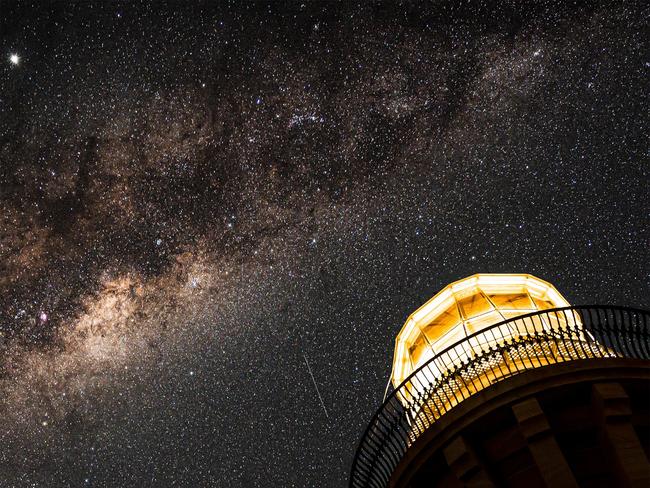
Manly
Don't miss out on the headlines from Manly. Followed categories will be added to My News.
A special “light-free sanctuary” has been created on the northern beaches to help stargazers get a better look at the universe.
Barrenjoey Headland and Governor Phillip Park at Palm Beach are now part of an official 62-hectare Urban Night Sky Place (UNSP) — the first of its kind in the Southern Hemisphere.
The site, chosen due to the lack of light pollution even though it’s close to a large city, was certified this week by the global group, Dark Sky International.
It came after an application prepared by Northern Beaches Council after years of consultation with residents, local businesses, astronomers and the National Parks and Wildlife Service.
The council also worked closely with Ausgrid, which has introduced a new type of street lighting that meets the Dark Sky requirements.
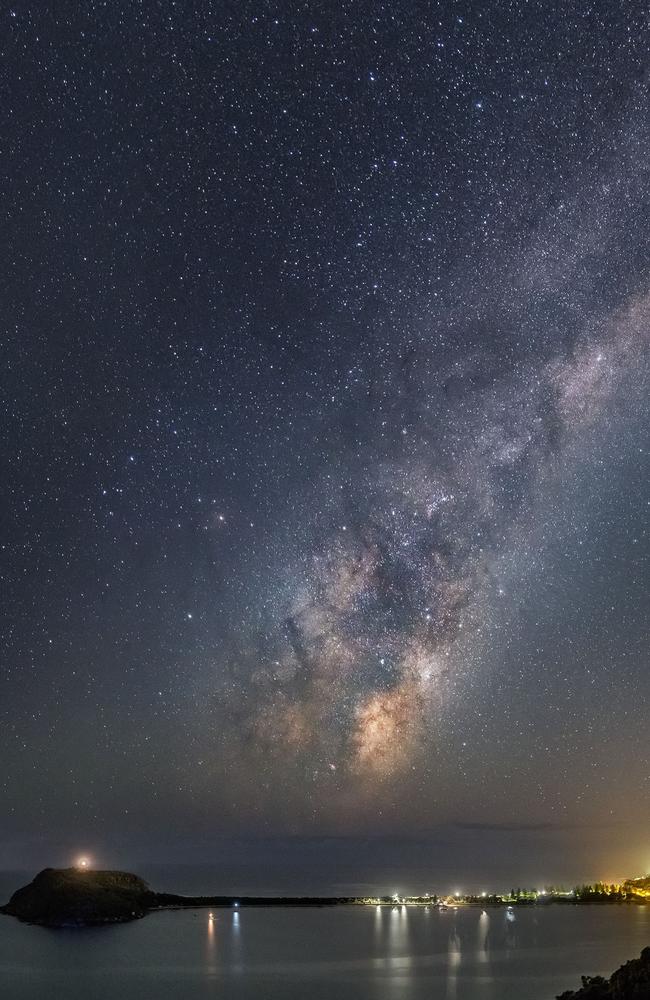
Experts told the council that Palm Beach was a great spot to view space, especially the Milky Way spiral galaxy, because of the lack of neon signs that can be found on restaurants, bars and hotels elsewhere in Sydney.
There is also an absence of light pollution because the area is sandwiched between Ku-ring-gai Chase National Park, Pittwater and the ocean.
The council was inspired to push for the UNSP after being approached by Terrey Hills local Marnie Ogg in 2018.
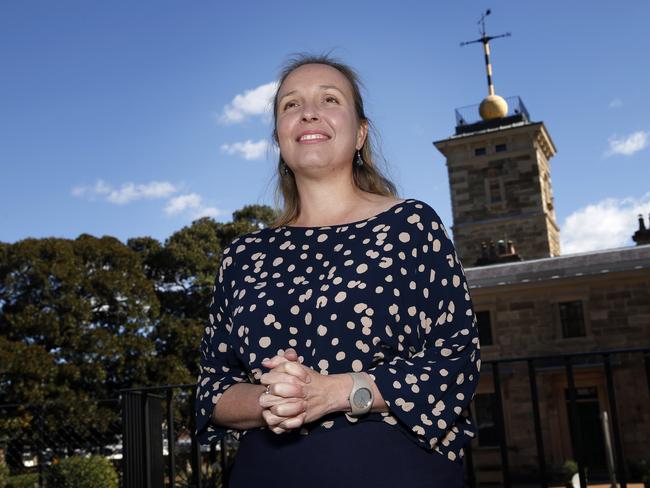
Ms Ogg, the director of outreach for the Australasian Dark Sky Alliance and who managed the Sydney Observatory, said Palm Beach was an ideal location.
“On a clear night at the Sydney Observatory you can see 127 stars by the naked eye. At Palm Beach you would be able to see more than a thousand,” she said.
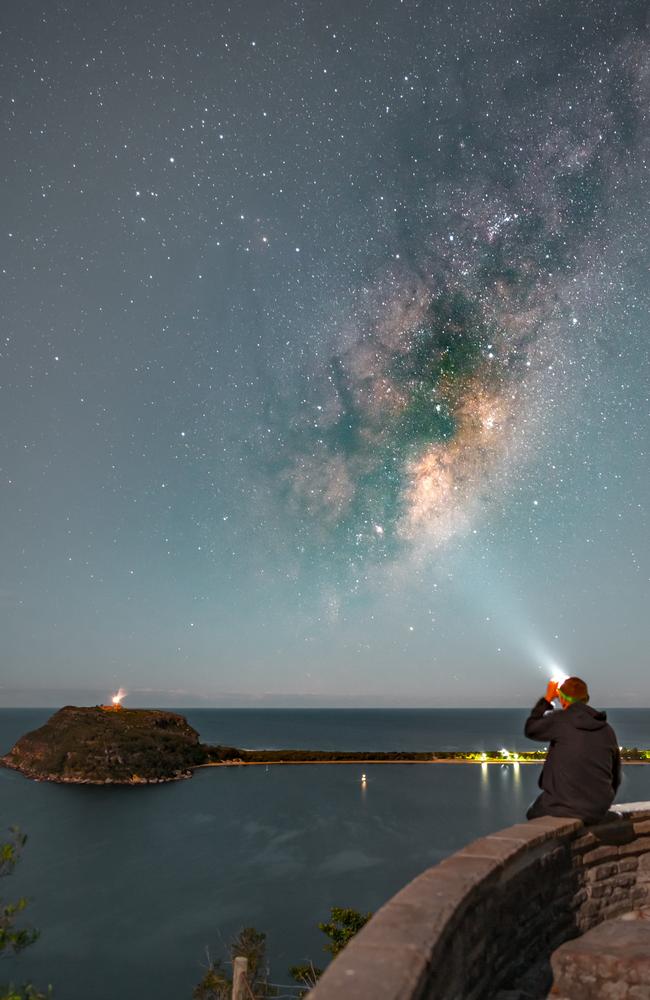
In September 2019 the Manly Daily reported that astronomy researchers and students at Macquarie University had been visiting Palm Beach to gather data that assisted the UNSP application.
Astronomy lecturer Richard McDermid, who led the research team, said at the time that establishing a designated pocket of darkness at Palm Beach would also protect its residents and wildlife, including a colony of micro bats, from the effects of light pollution.
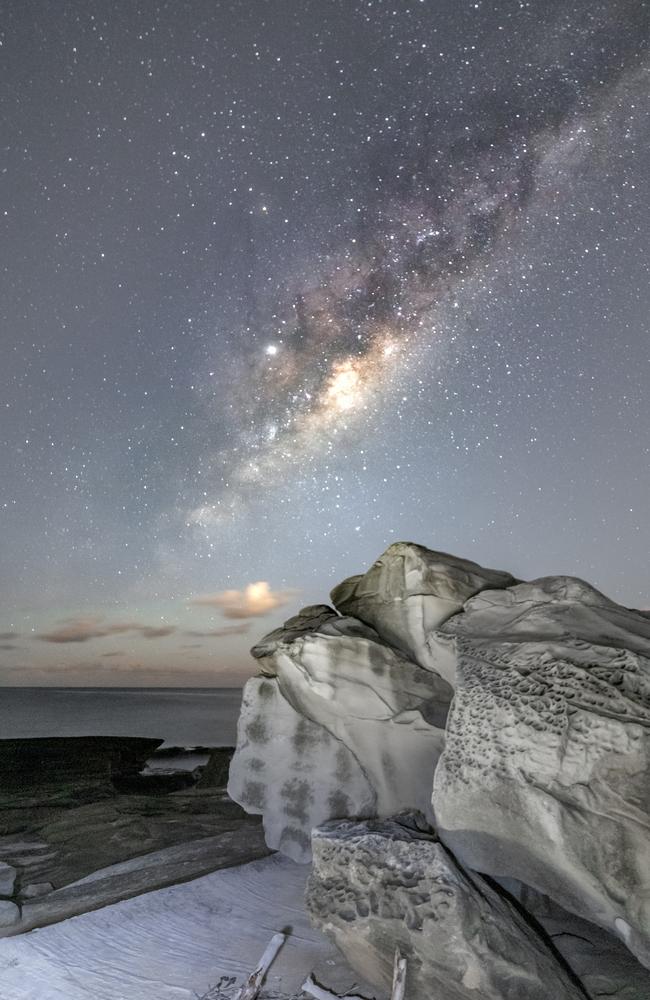
“The tip of Palm Beach, up to the Barrenjoey Lighthouse, is quite dark,” he said.
Dr McDermid said the establishment of the sanctuary would also educate people about light pollution.
He said even the uplighters that illuminate residential gardens help contribute to increased amounts of artificial light in the night sky.
“Aside from the obvious impacts on our astronomical research, light pollution also has some really concerning impacts on human health and our environment,” he said.
“Research has shown that it is interrupting animal breeding cycles, especially in nocturnal species, and we’re only just starting to understand the impacts of artificial light on the human brain.”
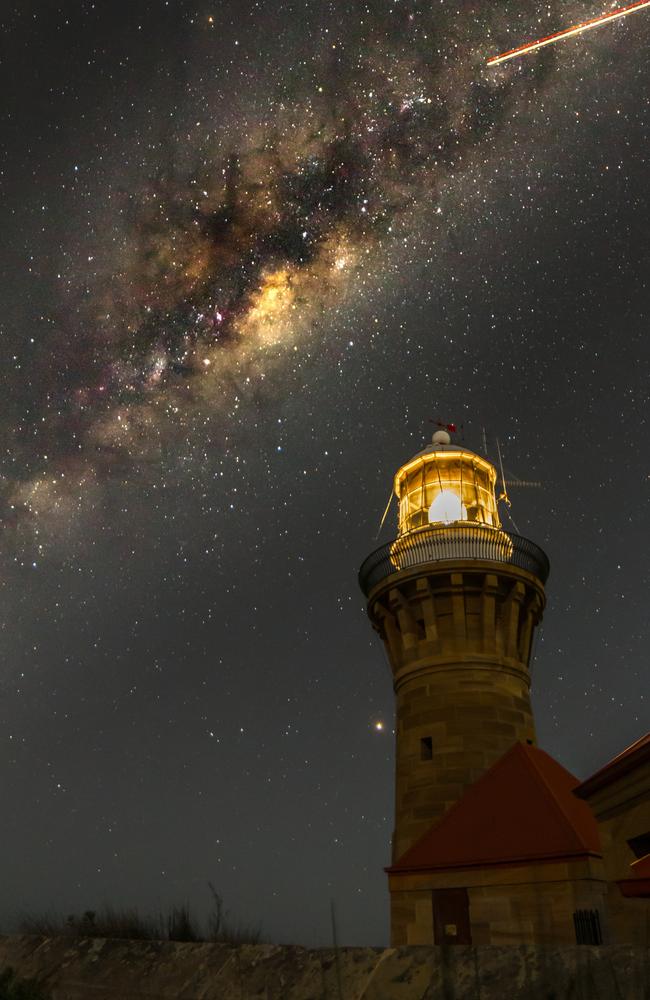
The Council as been working closely with a Project Working Group that includes representatives from the local business, National Parks, and the Palm Beach-Whale Beach Residents Association as well as astronomical experts.
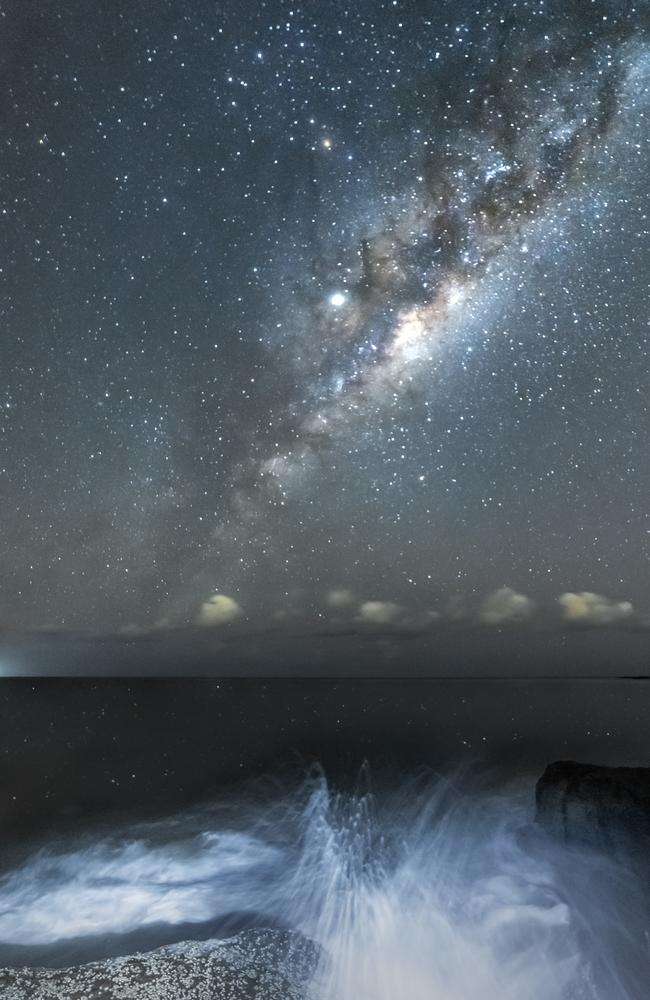
Phil Angilley of the North Sydney Astronomical Society, and a member of the UNSP Project Working Group, said “there is nothing better than seeing the look and excitement on the face of a person, young or old, the first time they look through a telescope”.
Mayor Sue Heins said the council was proud to be the first designated UNSP in Australia and the southern hemisphere.
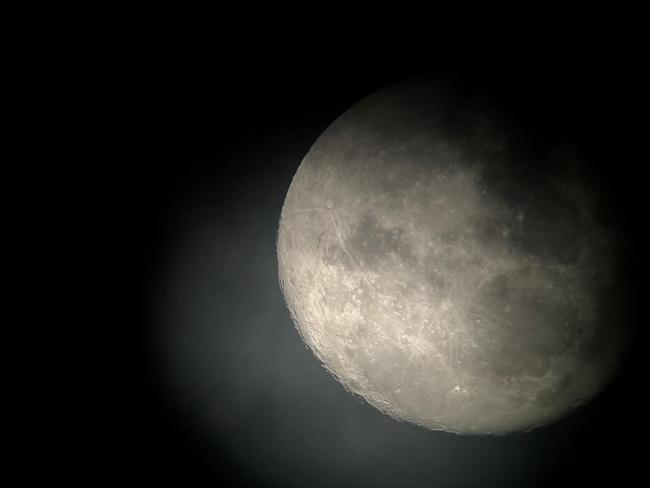
“Through a lot of hard work and consultation with our community we can now join the 160,000 square kilometres of protected land and night skies in 22 countries on 6 continents,” she said.
“This designation is a testament to our commitment to preserving and celebrating the beauty of the night sky amid urban environments. As cities expand and light pollution increases, it becomes increasingly crucial to protect and appreciate our connection to the stars above.”





